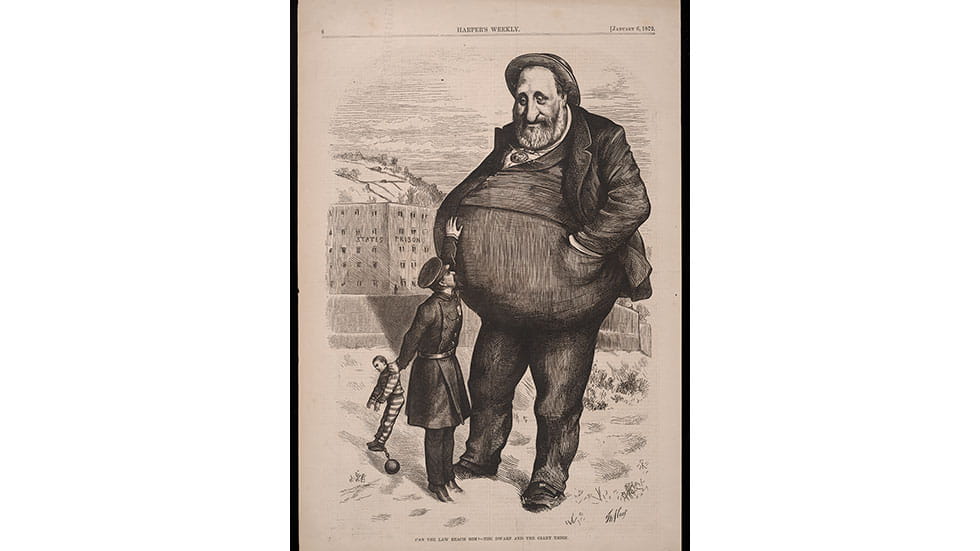There is a very special place inside Sullivant Hall on The Ohio State University campus in Columbus that few people have heard of. Yet, it draws visitors in the know from every part of the globe. They come to sift through and study some of the most creative and influential artwork of modern time. They are historians, sociologists, fashion designers, graphic artists and young families sharing smile time reading Calvin and Hobbes, Peanuts, Family Circus and other iconic comic strips.

WELCOME TO THE BILLY IRELAND CARTOON LIBRARY & MUSEUM.
“The museum has the largest collection of comics and cartoon art in the entire world,” says curator Caitlin McGurk. The collection is massive: 300,000 original cartoons, 45,000 books, 67,000 serials and comic books, 6,300 boxes of archival materials and 2.5 million comic strip clippings.
The museum houses three galleries, one presenting highlights of the permanent collection and two others showcasing rotating exhibits. On exhibit now through November 19 is “Facing Feelings: The Art of Raina Telgemeier,” a retrospective featuring original artwork by Telgemeier, best known for her New York Times best-selling graphic novels, including Smile, Drama and Sisters. The exhibit focuses on the connection between emotion and expression that spans more than 20 years of the artist’s career.
While many visitors come to the museum to view the gallery exhibits, not many know that they also have access to everything in the collection simply by contacting museum staff in advance with their request list.

CARTOONS OF ALL KINDS
On my recent visit to the museum, I had the chance to interview the curator and look at some of the most influential comic and cartoon work of all time. According to McGurk, more successful cartoonists hail from Ohio than any other state. Among them were Joe Shuster and Jerry Siegel, the creators of Superman, who met in high school in Cleveland. Their work led to the birth of modern serialized comic books.
The first political cartoonist in America is often considered to be Benjamin Franklin. Probably his most famous work was his “Join, or Die” cartoon, which shows a snake cut into eight pieces that symbolized the British colonies.
Political cartoons really took off in the late 1800s, McGurk says, thanks to powerful work by the likes of Thomas Nast, who is widely recognized as the Father of the American Cartoon. His cartoons “Tammany Tiger Loose” and “Group of Vultures Waiting for the Storm to Blow Over” (both published in Harper’s Weekly in 1871), were virulent attacks on New York’s Tammany Hall political machine led by “Boss” Tweed. Nast’s cartoons were so critical and influential that some politicians tried to have his art banned, McGurk adds.
The birth of what we know today as comics—identified as sequential art—is widely attributed to the comic strip Hogan’s Alley, which first appeared in the mid-1890s, says McGurk. The comic strip, which followed the lives of mischievous street urchins, featured the main character Yellow Kid, so named for his yellow smock. The characters, who represented a wide range of nationalities, were so stereotyped that the work would never be published today.
So, what role did Billy Ireland play in this colorful story? First, he served as editorial cartoonist for the Columbus Dispatch from about the late 1890s until his death in 1935. More importantly, though, he mentored one of America’s most celebrated cartoonists: Milton Caniff, the creator of Steve Canyon and Terry and the Pirates. It was Caniff, an Ohio State alumnus, whose collection became the foundation of the cartoon library in the 1970s when he donated it to the university.
The Billy Ireland Cartoon Library & Museum is a true treasure. No joke.
For more information, visit cartoons.osu.edu.
















